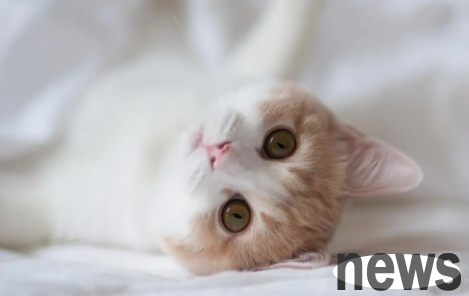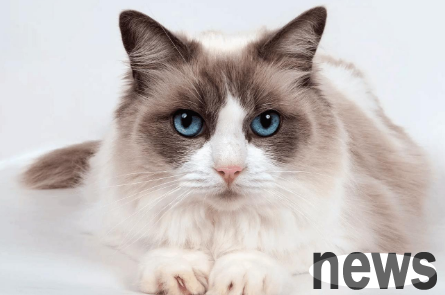The cat's teeth change period is an important stage in the cat's growth process. Understanding the timing, sequence of teeth replacement in the main cat and how it is during teeth replacement is crucial to taking care of the cat's oral health and overall health. Shitshuojun will lead you to learn more about cats’ teeth changing knowledge and help you take better care of your beloved pets.

1. What is the dental replacement period?
The tooth change period refers to the process in which a cat gradually falls off from the fourth month after birth to around the eighth month after birth and is replaced by permanent teeth. This stage is called the "tooth change phase". During teeth replacement, some changes may occur in the cat's mouth, such as loose teeth, pain, etc.
2. Teeth replacement time The main cat's teeth replacement time is roughly as follows:
Fourth month: Start changing the first breast incisor.
Fifth to Sixth Month: Change the second and third breast incisors and breast canine teeth.
Month of 7: All replaced with permanent teeth.
The eighth month: The teeth are long and shining.
The above is the general timetable for the main cat to change teeth, but the specific time may vary depending on the individual differences of the cat.
3. The manifestations during tooth replacement During the tooth replacement, the main cat may experience the following symptoms and symptoms:
Drooling: The cat may have a lot of drooling during the tooth replacement period, which is caused by the irritation of the gums in the new teeth.
Chewing: Cats may show changes in chewing during the teeth change period, because new teeth need to be positioned and shape adjusted by chewing.
Loss of appetite: Some cats may lose appetite during the tooth change period, which may be related to oral discomfort.
Loose and pain in teeth: During the tooth change period, the cat's baby teeth will gradually loosen and fall off, and new teeth will gradually grow. This process may cause pain and discomfort in the cat's teeth.
4. Care advice for cats during tooth replacement period
Keep your mouth clean: Use pet-specific toothbrushes and toothpaste to brush your cat's teeth regularly to prevent tooth problems and bad breath.
Adjust supplemental nutrition: During the dental change period, giving cats sufficient nutritional intake, especially foods rich in calcium and phosphorus, can help teeth growth.
Avoid hard food: Try to avoid feeding your cat with strong food to reduce the risk of tooth damage and pain.
Pay attention to changes in appetite: If a cat experiences loss of appetite, you can adjust the type of food and taste appropriately to promote their appetite.
Regular examination: If a cat experiences abnormal symptoms during the tooth change period, such as red and swollen gums, teeth pain, etc., you should seek medical attention in time to avoid worsening oral problems.

Summary: Tooth replacement in kittens is a normal phenomenon during growth. During the teeth change, the owner should pay special attention to the oral health and overall health of the cat, and provide appropriate care and care. By understanding the timing, sequence of teeth replacement, and how to care for your beloved pets, you will be able to better take care of your beloved pets and ensure their healthy growth.